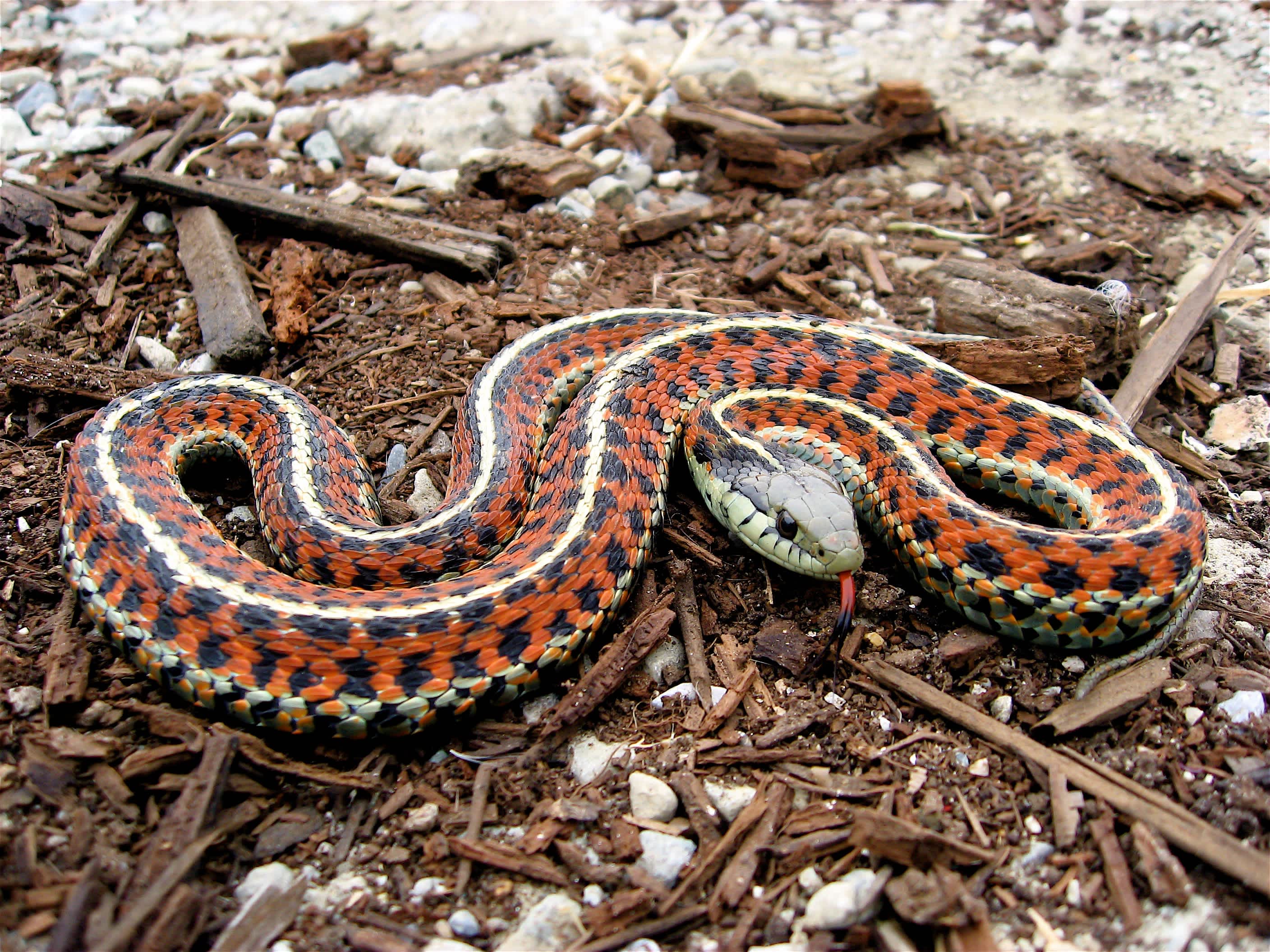Scientists: We Figured Out Why Snakes Lost Their Legs
OutdoorHub Reporters 12.02.15

Researchers at the University of Edinburgh and the American Museum of Natural History say they’ve finally solved a question that has puzzled scientists for years: why did snakes lose their legs? It has long been suggested that snakes evolved into their current legless form to better adapt to ocean environments, but the researchers claim this is no longer the prevailing theory. They assert that early snakes lost their legs to better hunt—and eventually live—underground in burrows.
“How snakes lost their legs has long been a mystery to scientists, but it seems that this happened when their ancestors became adept at burrowing,” lead researcher Hongyu Yi at the University of Edinburgh said in a press release.
Researchers discovered this in a recent study by using CT scans to examine modern and fossilized reptiles. One of the specimens used in the study was Dinilysia patagonica, a six-foot-long reptile that was a close relative to modern snakes. Compiling the CT scans into 3D models, researchers discovered that as snakes adapted to burrowing, the bony canals and cavities in their inner ear would change to better suit a subterranean lifestyle. The distinctive bone structure allowed snakes to hear both predators and prey easily underground.
That advantage appears to have come with a trade-off. Going beneath the earth meant that legs only got in the way, and early snakes adapted by growing small hind limbs and no front legs. Eventually, modern snakes discarded legs altogether.
CT scans of Dinilysia patagonica confirmed the animal as the largest, and one of the earliest, burrowing snakes. Scientists also now believe that the hypothetical ancestral species from which all modern snakes descended was a burrower.
“The inner ears of fossils can reveal a remarkable amount of information, and are very useful when the exterior of fossils are too damaged or fragile to examine,” Hongyu added.
“This discovery would not have been possible a decade ago—CT scanning has revolutionized how we can study ancient animals,” said Mark Noreel of the American Museum of Natural History. “We hope similar studies can shed light on the evolution of more species, including lizards, crocodiles and turtles.”
Their study was published last month in the journal Science Advances.

